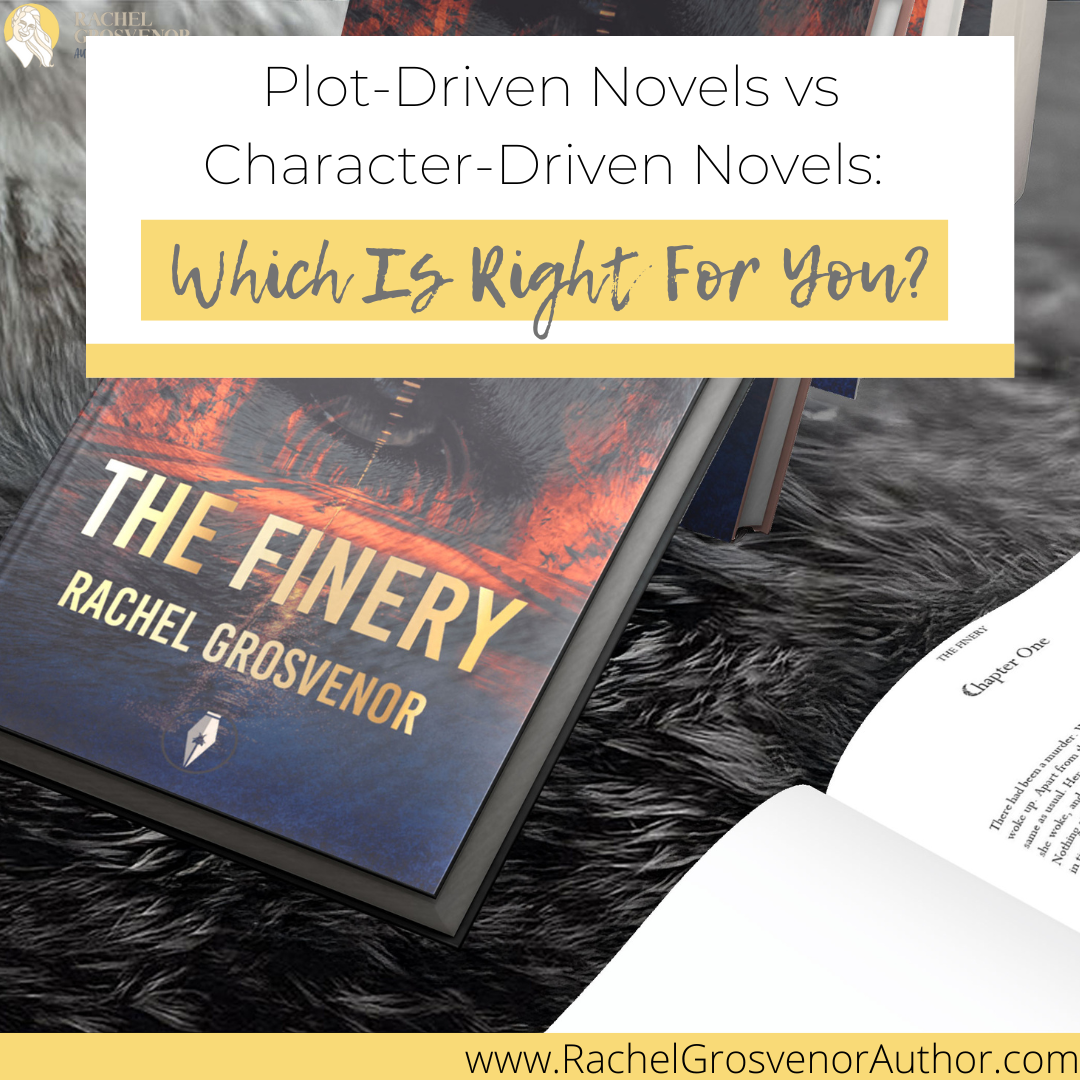Do you want to write a plot-driven or a character-driven novel? First of all, it’s time to define those terms (and I’ll add helpful examples because I am a helpful sort of person). An easy way to remember the difference between the two is to ask yourself what is driving the narrative forward.
Plot-Driven
A plot-driven novel means that events are happening to a character, regardless of their actions. A great example of a plot-driven novel is The Lord of the Rings. The one ring needs to get to Mount Doom, and ultimately, it doesn’t matter who takes it; it just has to get there. Therefore, the plot’s focus is getting that ring to Mount Doom. The characters, relationships, journey, and, essentially, subplots are what make the story beautiful, but ultimately, what is driving the narrative forward is that main plot point.
Character-Driven
A character-driven novel means that a character’s actions are driving the plot. How they behave and what they do impacts the story’s direction. A great example of a character-driven novel is The Finery, by me! This is a character-driven novel because the plot depends on the actions of the main character, Wendowleen, and the actions of her peers.
What do you want to write?
If you’re unsure whether you want to write a character or plot-driven novel, look at your favourite books. You might find that some authors do both very well, like Terry Pratchett. The Discworld novels are a mix, and Pratchett is a master of keeping the plot moving while developing characters in an interesting way. What you love reading is usually what you will love writing, so pick up one of your favourite reads and ask yourself: What is driving the narrative in this story?
Remember, a well-rounded story often incorporates elements of both plot and character development. For example, if your character is facing a natural disaster, that’s a plot point they cannot control, but it depends on their behaviour and skillset to survive. If character development interests you, you might want to write a character-driven story instead so that you can dig deep into the growth of your MC.
Do you have any questions about this? Feel free to send me an email today!
Do you want to read something similar? Check these out:


